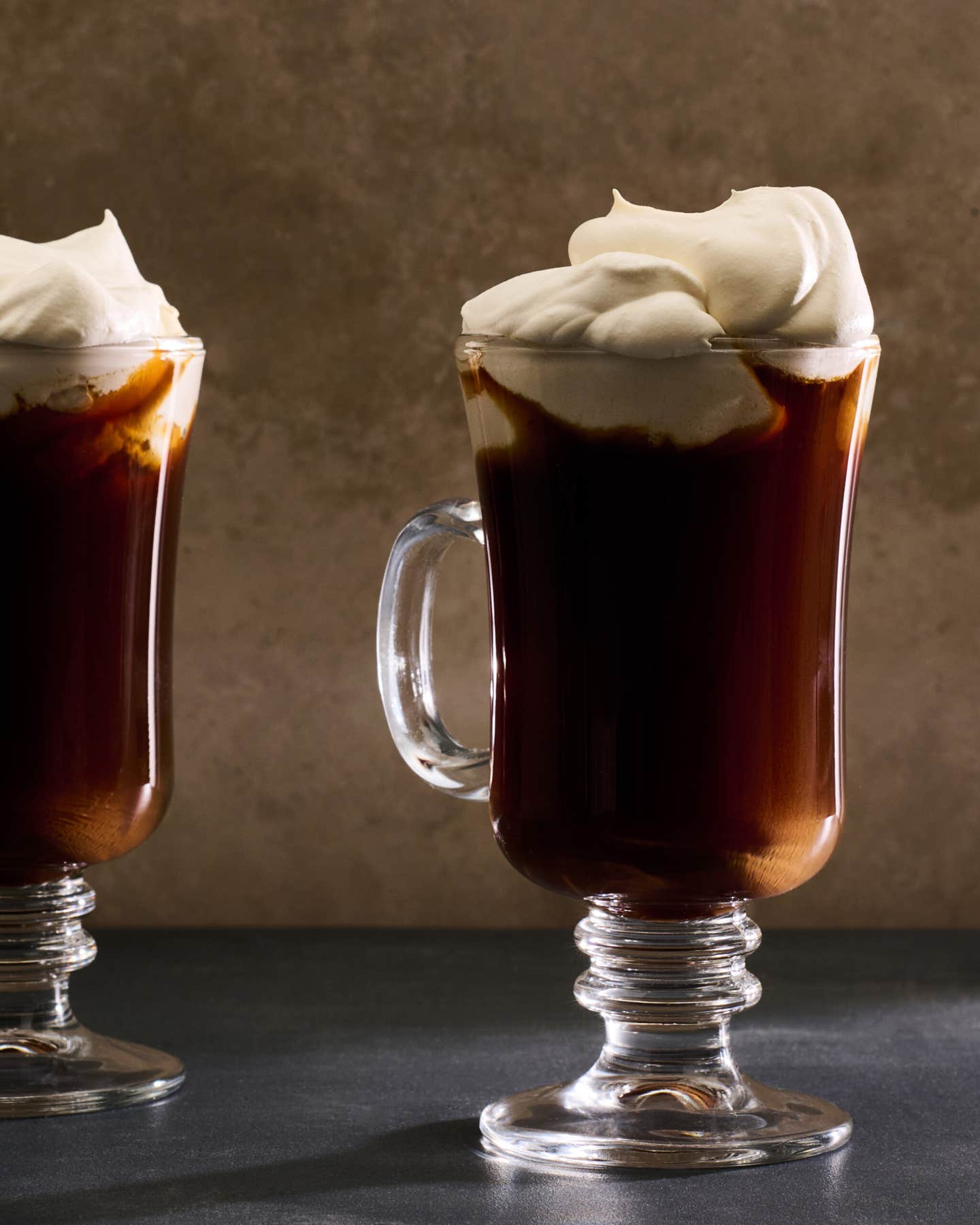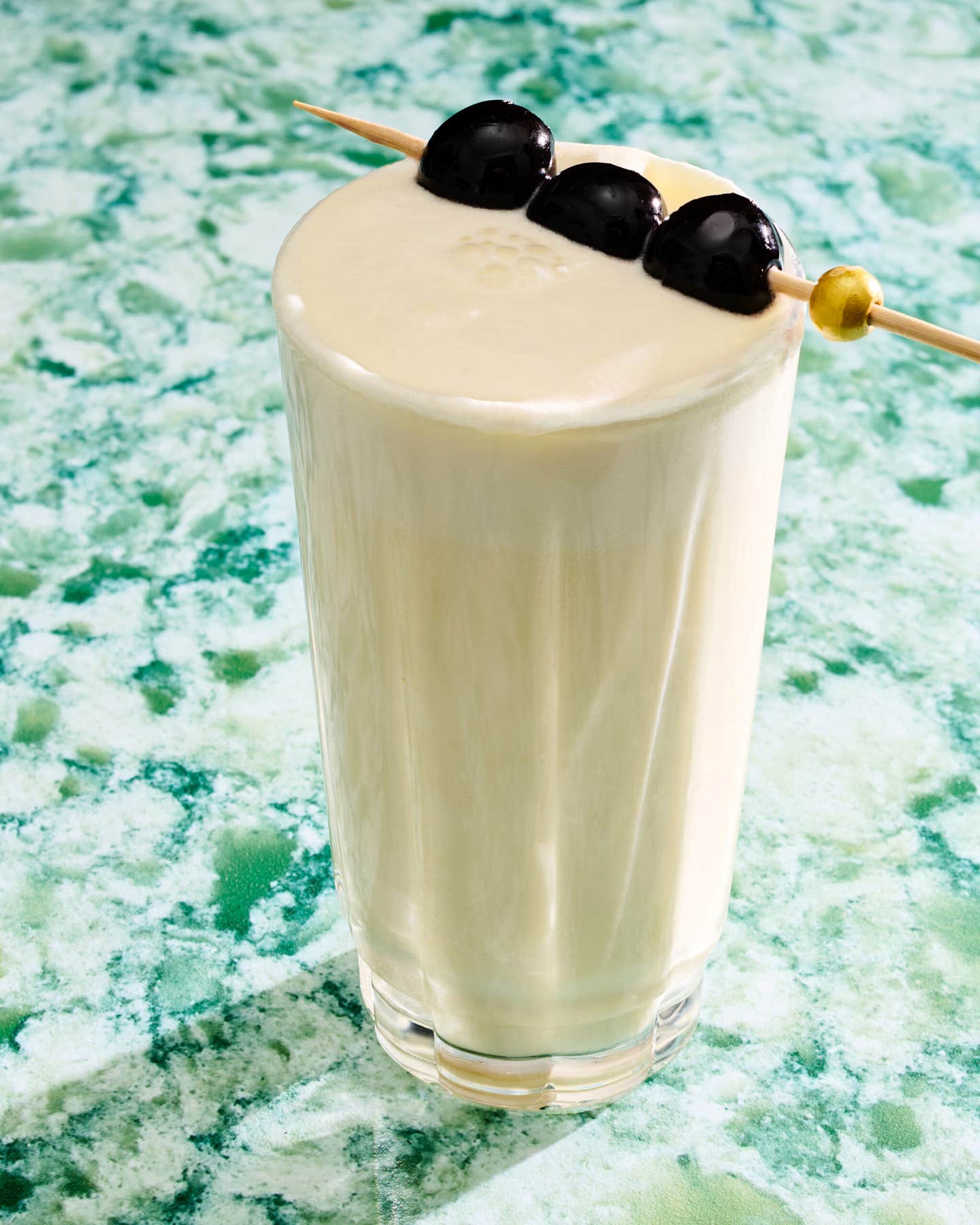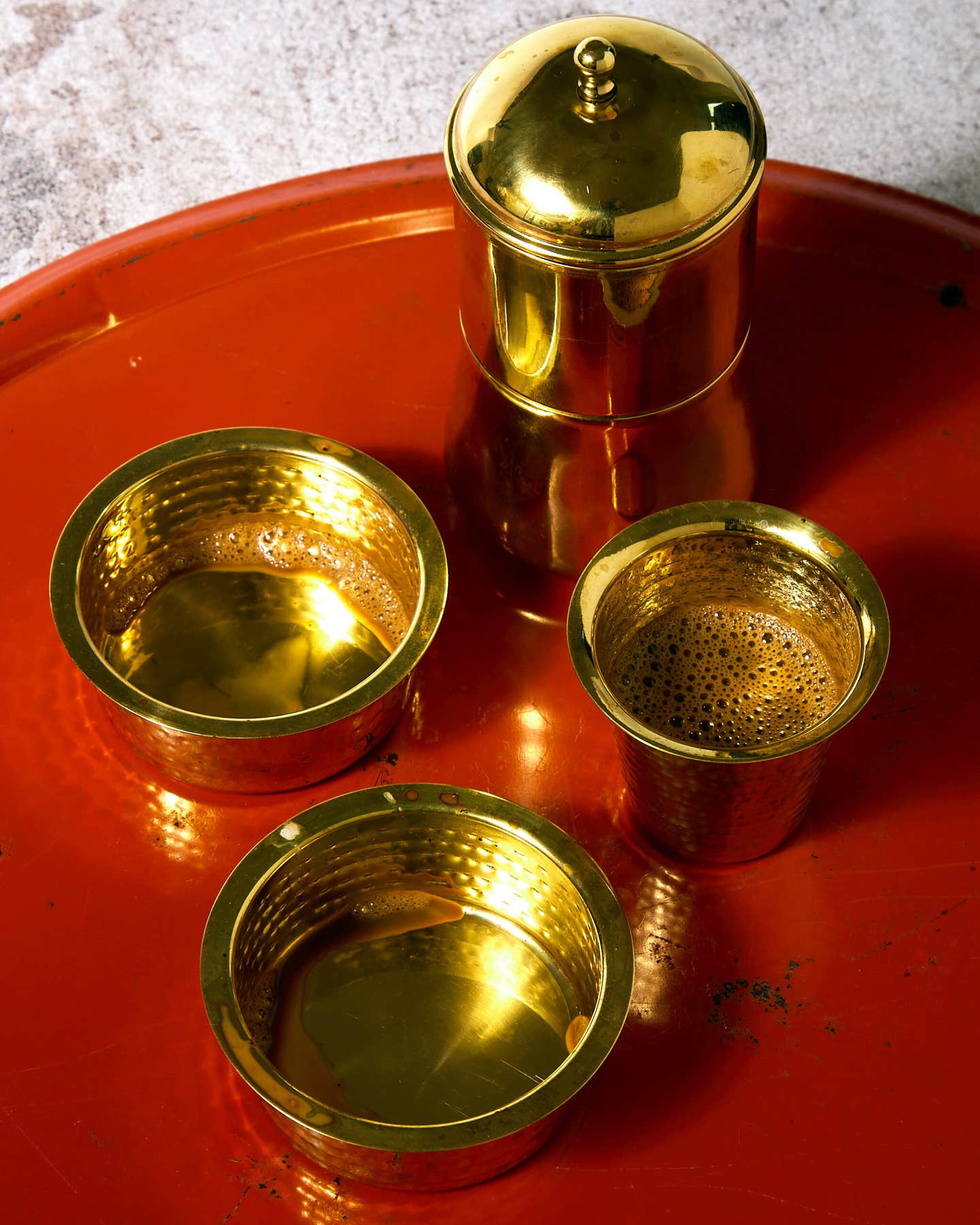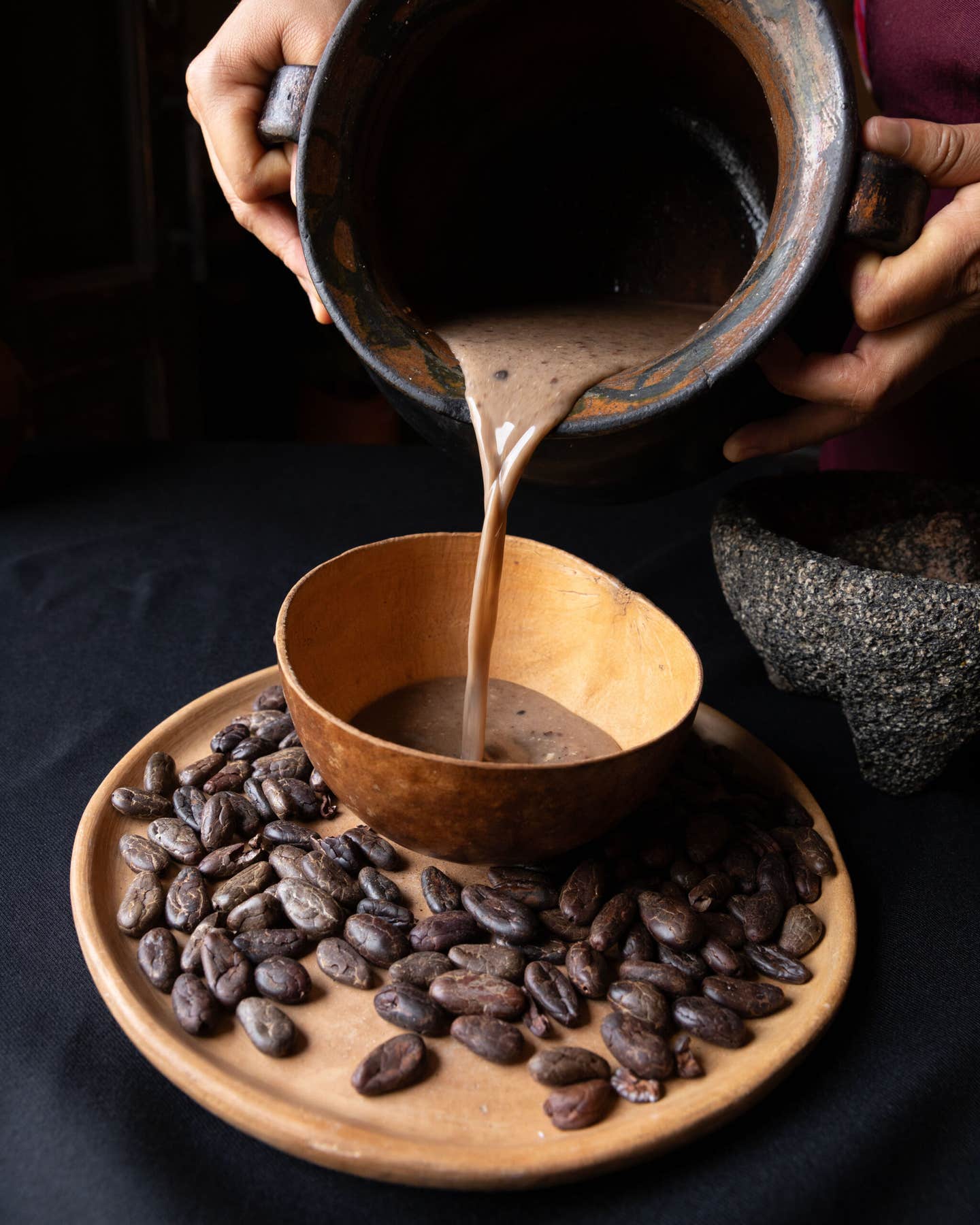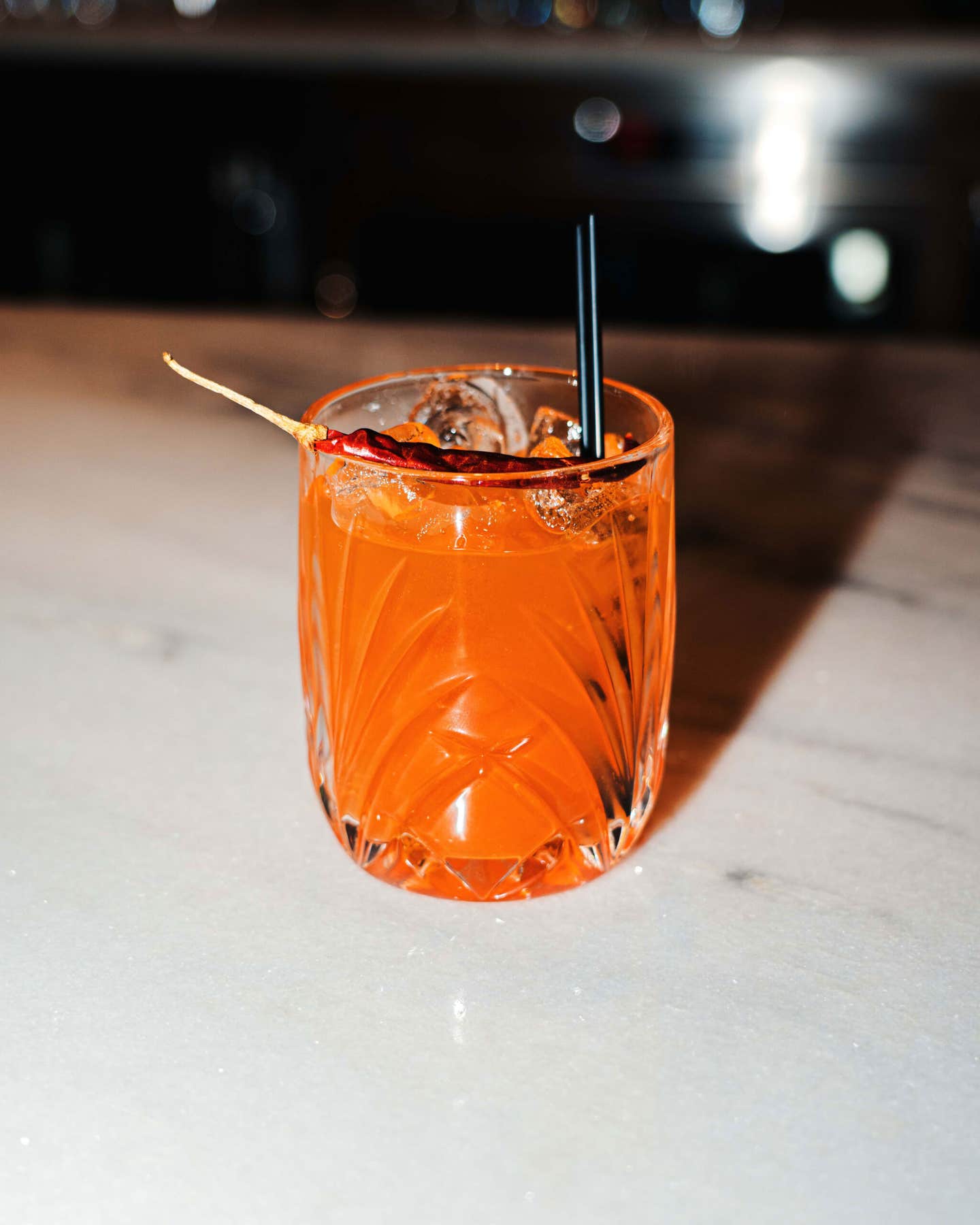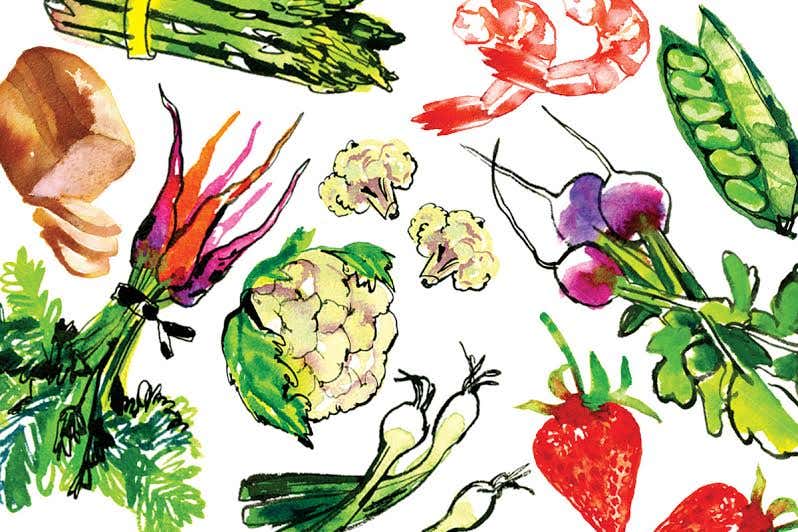
Putting Wine on the Map
Hugh Johnson has written about travel and the arts, has edited several magazines, and is the author of books on gardening and on trees, but he is most of all a wine writer—the wine writer, some would say. His first book on the subject, called simply Wine, was published in 1966, when he was 27; it is perhaps the best single introductory volume on the subject in the English language. Another of his works, The Pocket Encyclopedia of Wine, first published in 1977, has been reprinted annually in revised editions since 1983.
Johnson, who of course is English, also created and starred in an ambitious multipart television series, "Vintage: A History of Wine," and then turned it into a best-selling, award-winning book. He even wrote the very silly Pop-Up Wine Book, a campy confection in which, among other things, a vaguely sinister-looking likeness of Johnson himself springs up off the page dressed as a waiter, pouring wine for Jefferson, Napoleon, Cleopatra, and Churchill. (This volume is not mentioned in Johnson's publicity material, for some reason.)
What Johnson is perhaps best known for, though, is a volume that may well be the best-selling wine book of all time, The World Atlas of Wine.
The volume's success, in America at least, is something of a curious phenomenon. It contains none of the numerical rankings of wines so beloved by the Yankee wine-buyer. (Johnson describes the 100-point scale wielded so powerfully by our own Robert Parker as the "least appropriate or reliable system" of rating wines, calling its "apparent accuracy … almost certainly spurious.") It doesn't condescend to readers with hand-holding of the Don't-let-some-snooty-wine-steward-intimidate-you school. It is witty in the sense of having been written by somebody with his wits about him, but it isn't self-consciously "humorous." It is generously enhanced with nice photographs, but is hardly a coffee-table picture album.
Strangest of all, the book is ultimately just what it claims to be—an atlas (with gazetteer attached), full of serious maps. What possible interest can this be to readers, wine-loving or not, in our notoriously un-cartographically inclined society? Aren't we the nation whose students confuse Switzerland and Sweden, and think Pakistan is somewhere in South America? Why on earth should we care that Geisenheim is about two-and-a-half kilometers downriver from Rudesheim? (The maps are produced by professional cartographers, mapmaking apparently not being one of Johnson's skills.)
For oenophiles, of course, maps of wine regions can be illuminating. "With a map," writes the author, "[wine] names are no longer isolated but part of a picture, [and] distinctions and relationships become clearer …" But maps aside, it is quite possible to be drawn to The World Atlas of Wine simply by the sheer authority with which Johnson writes. Here is a man with a thorough command of both his palate and his native tongue. His explanatory texts, which frame the maps, are brief, stylish, and packed with information. His almost offhanded assessments of wines are fresh and terse (Romanian reds, he writes, are "clean, distinct and not at all overweight"), and his geographical descriptions are deftly evocative ("The Pouilly-Fuisse district is a sudden tempest of wave-shaped limestone hills"). In this context, the maps become almost accidental—certificates of authenticity, lending heft and import to the surrounding words.
Keep Reading
Continue to Next Story



